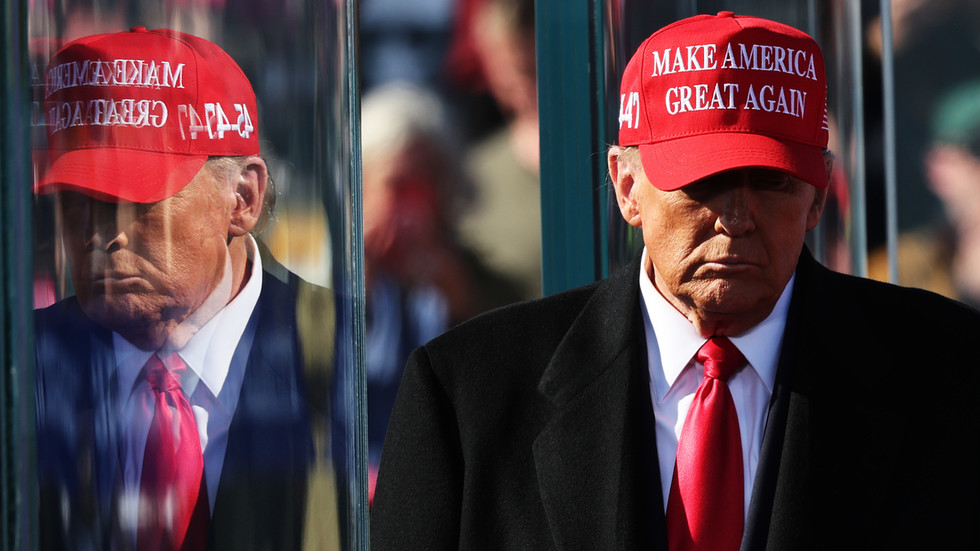In a recent media interview, Republican presidential candidate Donald Trump expressed that he cannot completely dismiss the possibility of losing the upcoming U.S. presidential election to his Democratic opponent, Kamala Harris. When asked about the chances of defeat, Trump acknowledged, “Yeah, I guess, you know,” admitting that losses happen in elections. Although he claimed to have a “pretty substantial lead” over Harris, he conceded the unpredictable nature of elections by saying, “Bad things could happen.” This acknowledgment of potential loss marks a departure from the often assertive and confident rhetoric typical of Trump, drawing attention to the competitive nature of the election.
Kamala Harris, addressing supporters during her final campaign rally in Pittsburgh, exuded confidence about her chances in the election. She articulated a strong belief in her momentum, stating emphatically, “Make no mistake, we will win. We will win.” Her remarks were aimed at rallying her base and emphasizing determination as the election approached. The contrast between Trump’s recognition of possible loss and Harris’s assertive statements encapsulates the intense battle for voter support and the stakes involved in the election.
Polling data leading up to the election painted a complex picture, indicating that neither candidate held a decisive advantage. This statistical uncertainty has left the outcome of the election open to speculation, with both camps aware that even a small shift in voter sentiment could change the tides significantly. The lack of a clear frontrunner suggests that both campaigns are fully engaged, focusing on last-minute efforts to sway undecided voters while maintaining their respective bases.
The potential for unexpected developments, which Trump hinted at by suggesting “bad things could happen,” raises questions about the various factors that could influence voter behavior. These could include late-breaking news events, emergence of new issues, or changes in public sentiment fueled by debates, advertisements, or grassroots movements. Trump’s understated acknowledgment of his vulnerability serves as a reminder that in the realm of politics, perception can shift rapidly, impacting the confidence of candidates and their supporters.
Harris’s rally served as a crucial moment in her campaign, aiming to catalyze enthusiasm and reinforce her message of hope and resilience. The Democratic strategy appears to focus on rallying voters around a vision of unity and progress, countering Trump’s combative stance. The emphasis placed on winning among both candidates reflects the high stakes and the palpable tension surrounding the election, where every voter will be critical in determining the outcome.
As the election approaches, both campaigns remain vigilant, knowing that the dynamic nature of American politics can produce unexpected results. The interplay between Trump’s cautious acknowledgment of a potential loss and Harris’s bold proclamations of victory illustrates the psychological warfare inherent in electoral politics. This election not only represents a contest between two candidates but also serves as a reflection of the larger political landscape, where tradition, sentiment, and the implications of governance collide in front of an engaged electorate.

